Recent Photoshoots

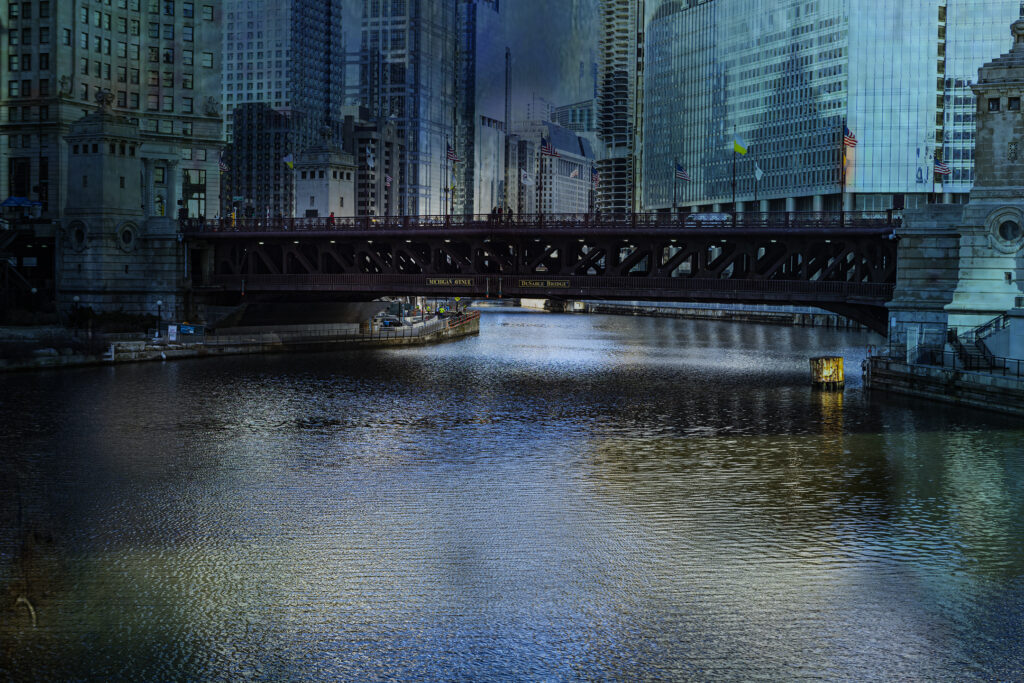
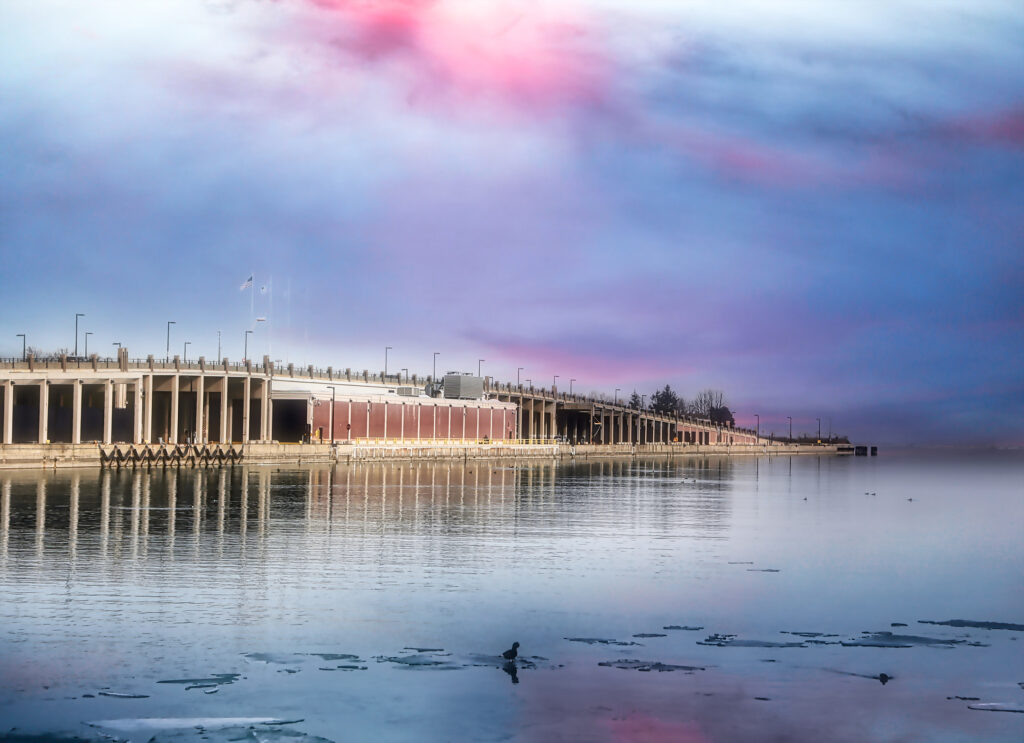









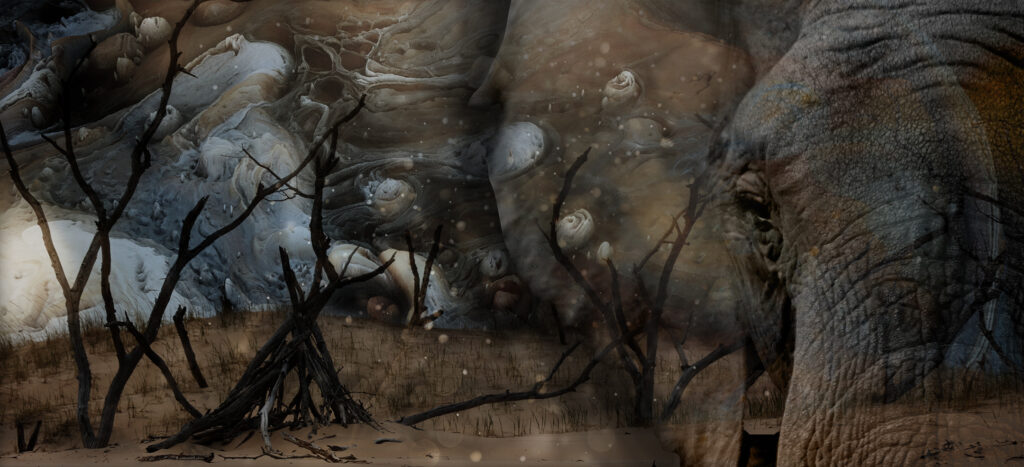
Dune 2022

Parrot Palm and Textures Compilation 2022
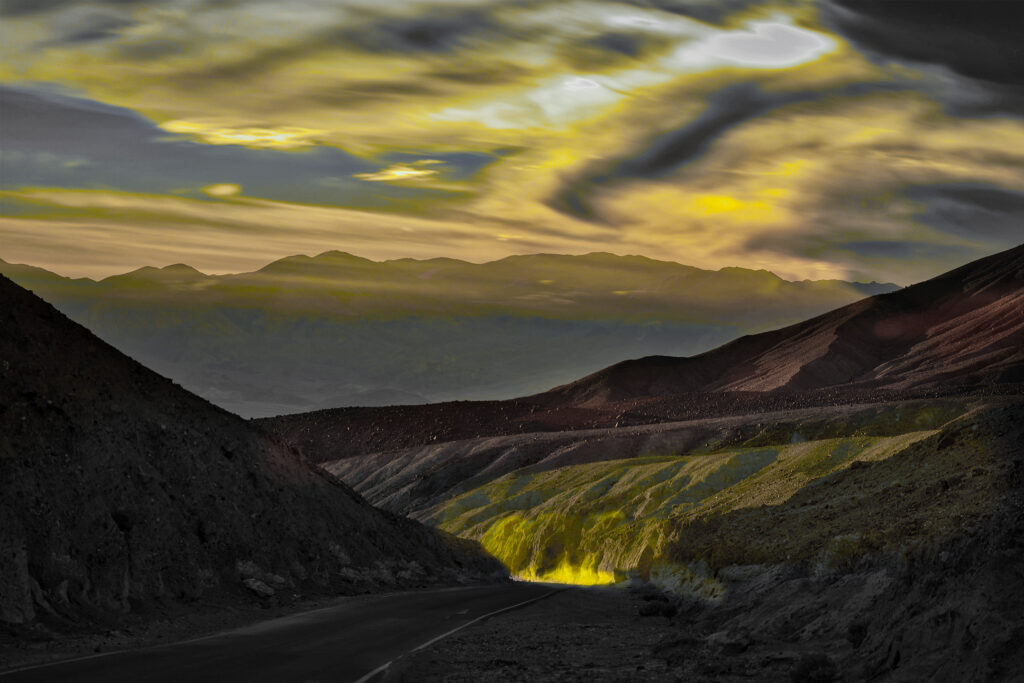
Artist’s Palette Death Valley 2022
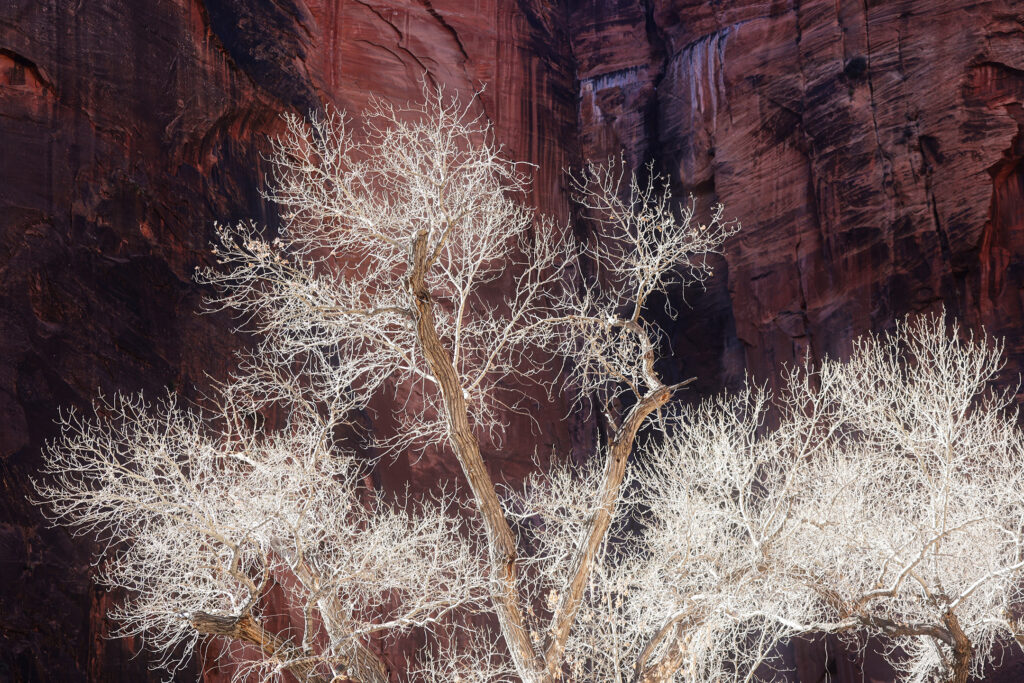
Winter in Zion 2022
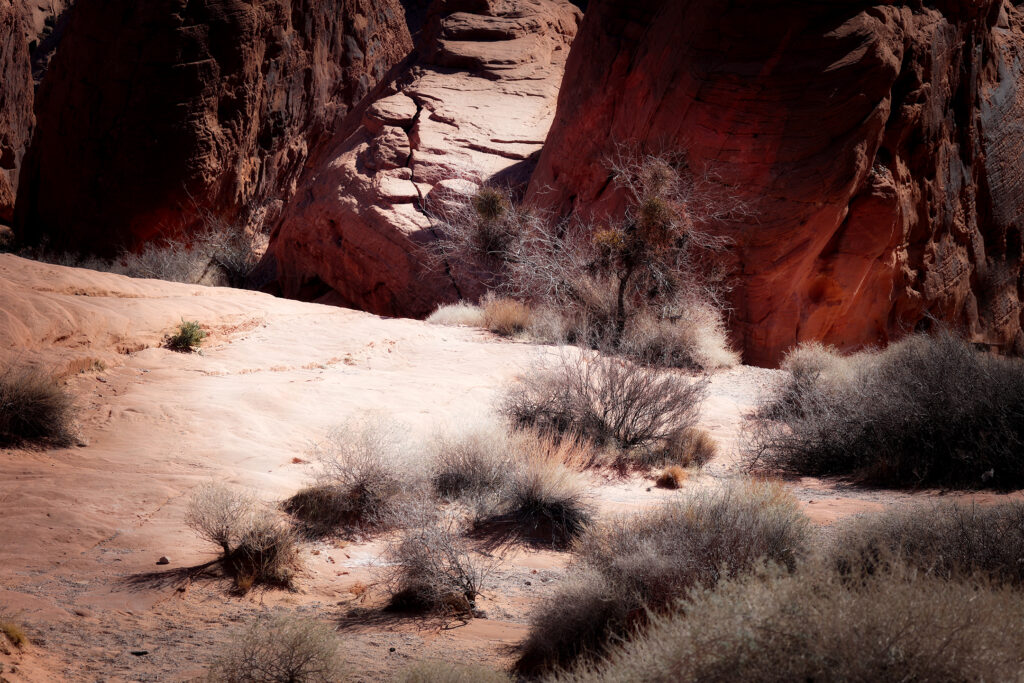
Valley of Fire February 2022

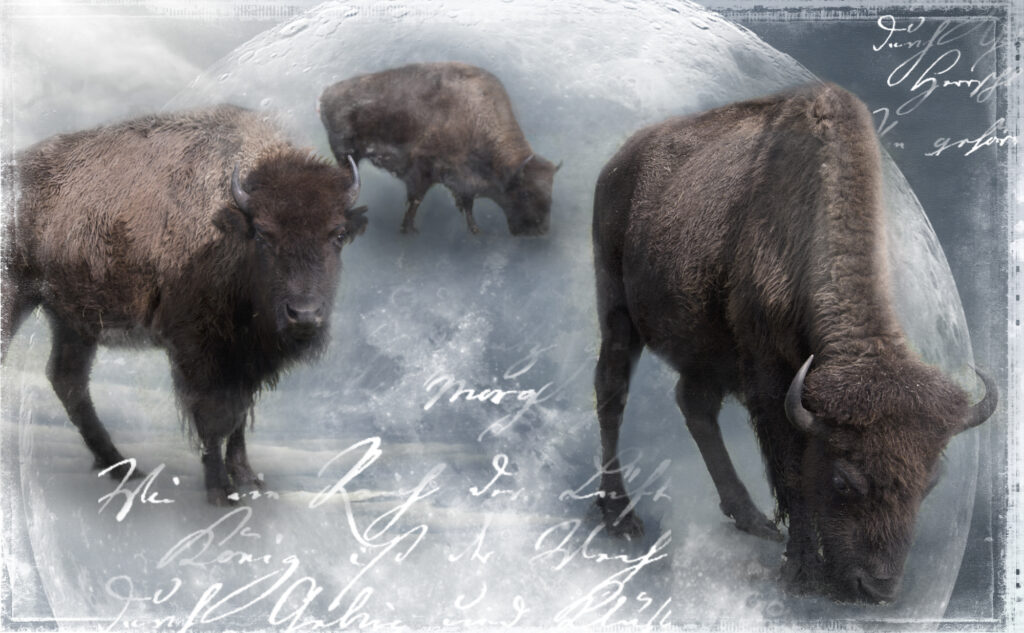
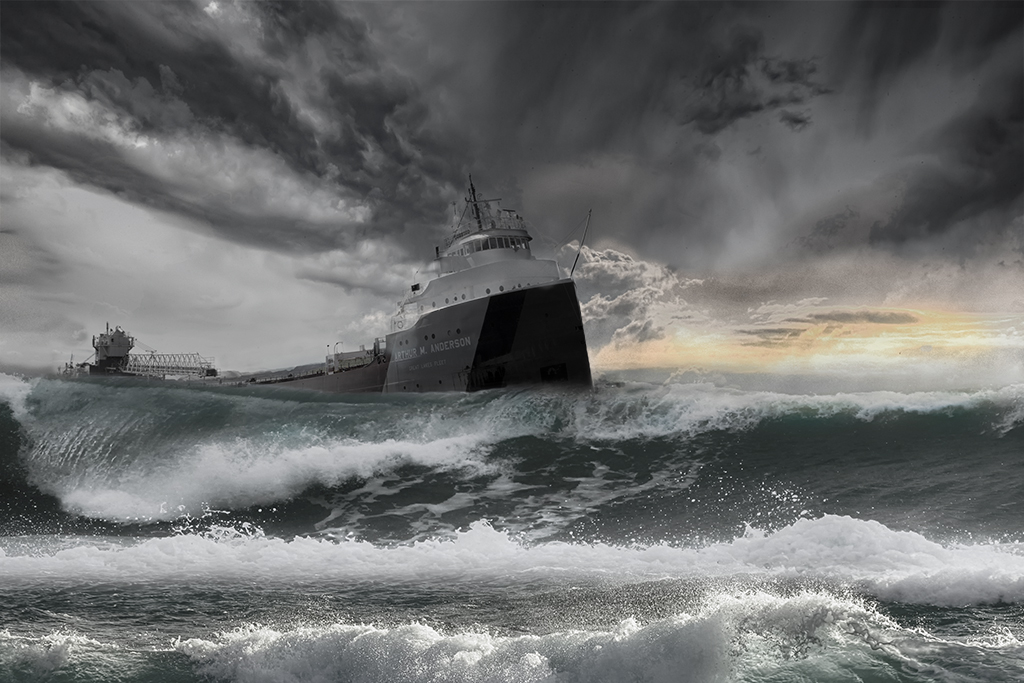
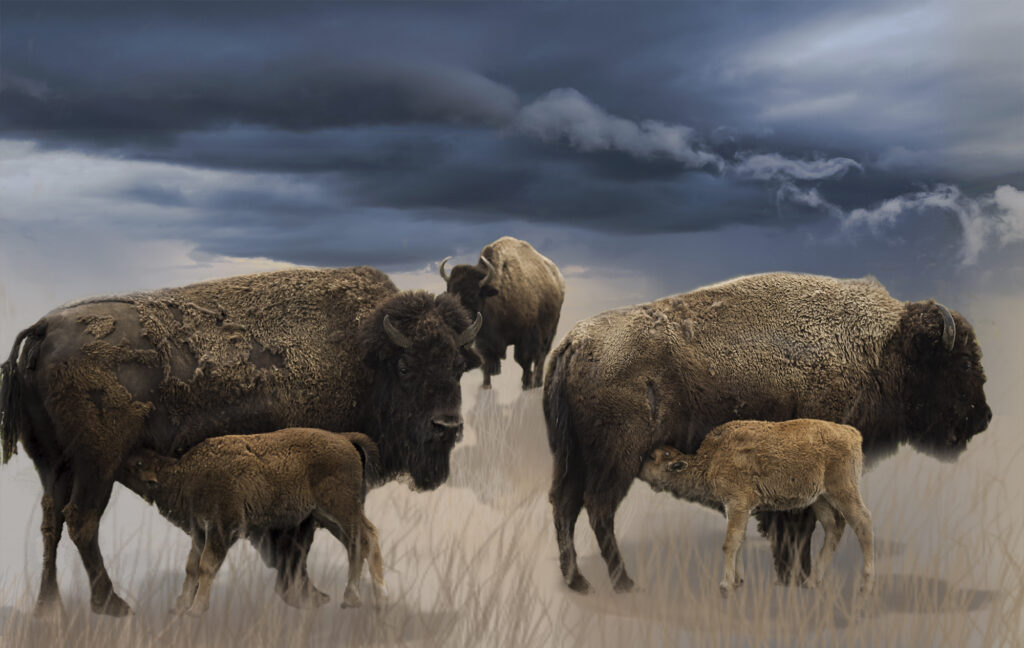
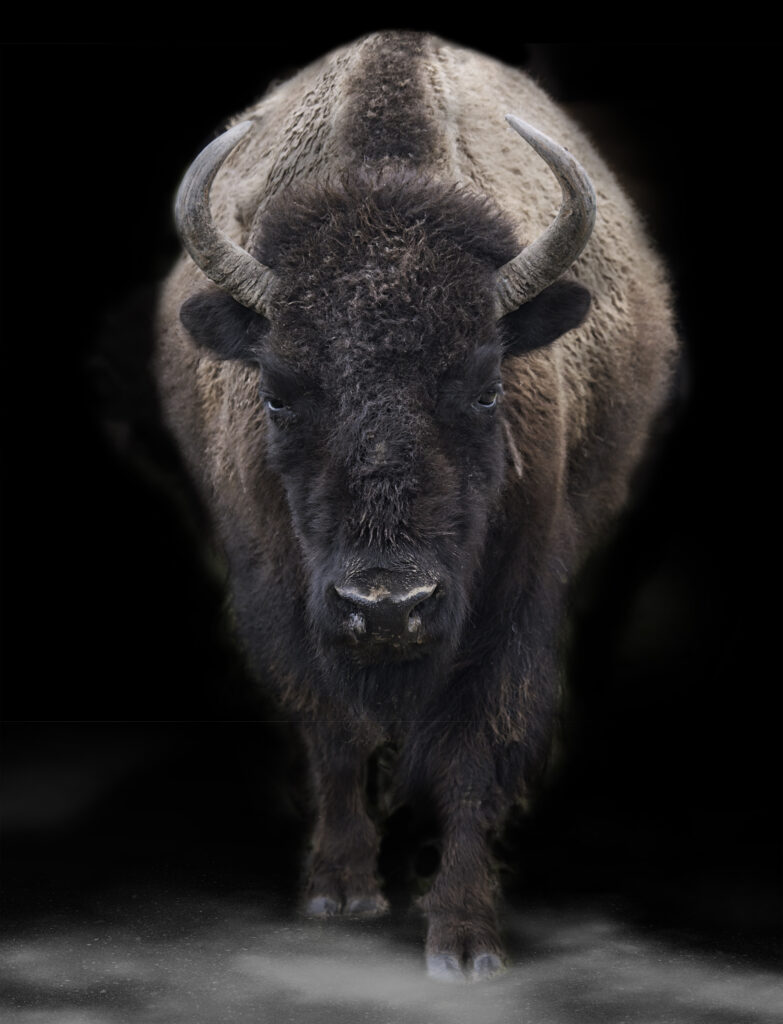
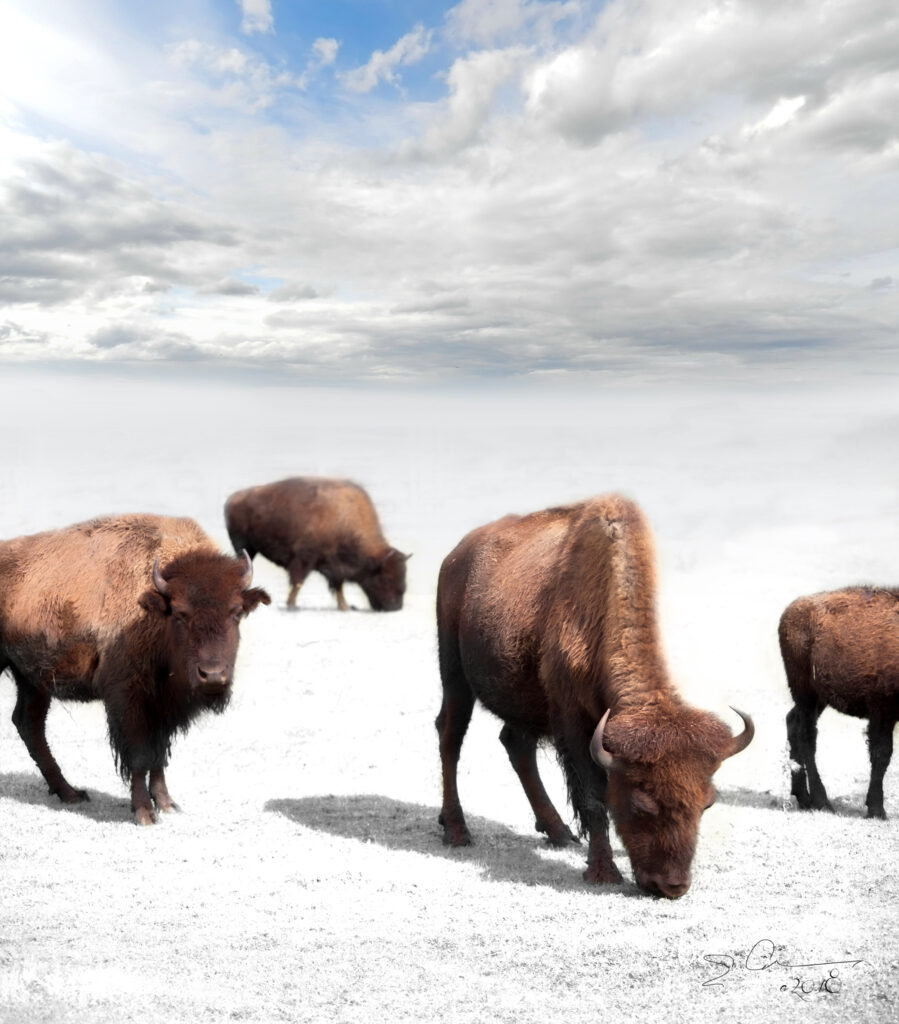



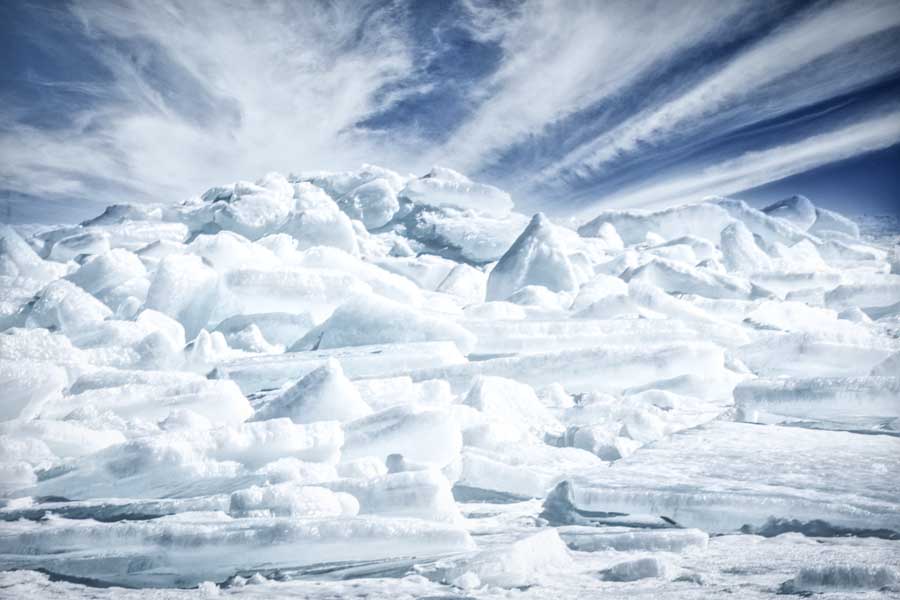
March 2021 Mackinac
It’s a scene that leaves many in awe. Ice shards, glittering a hue of blue, formed from the Straits of Mackinac’s frozen water.
“Conditions were just right and many of the ice slabs glowed a brilliant blue with the bridge in the background,” he said. “I have seen blue ice many times over the years with March of 2018 being the most spectacular, and this current blue ice is rather small in comparison, but still spectacular to view.”
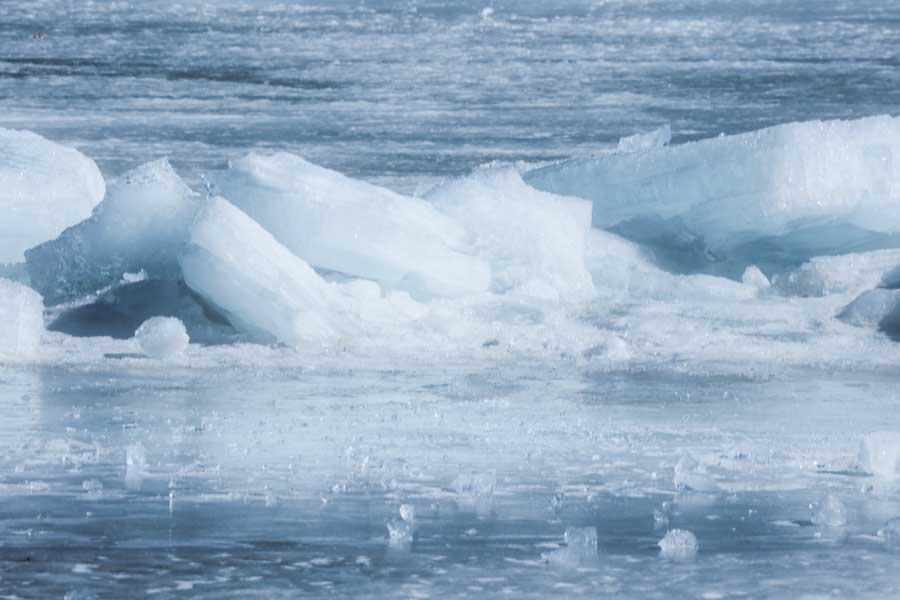
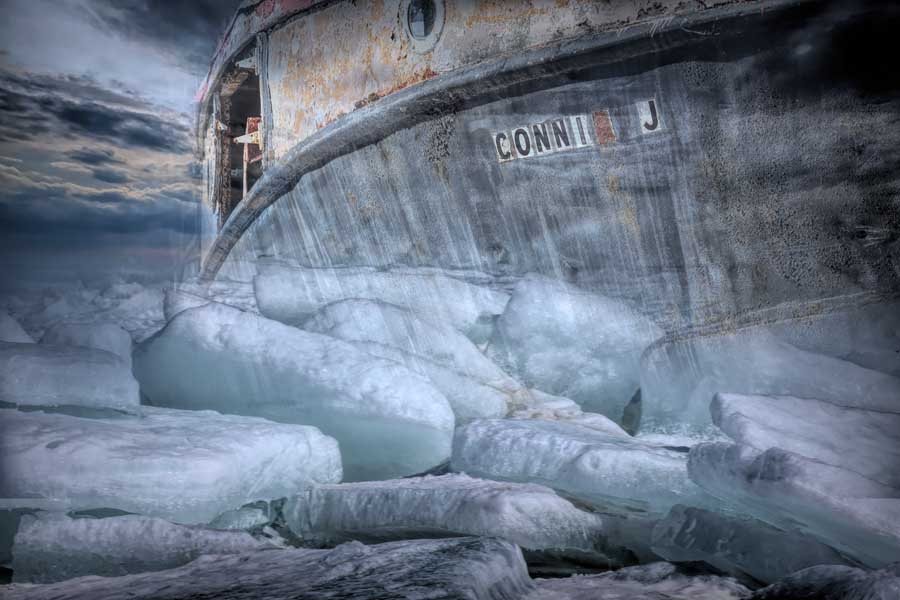
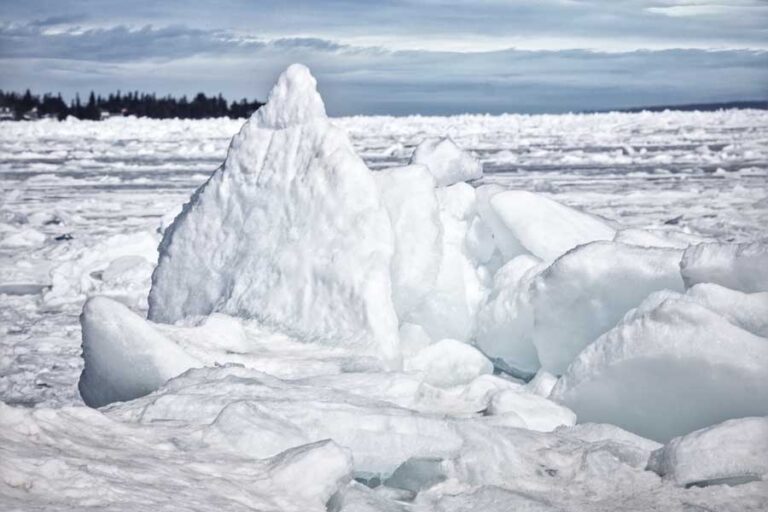
The Everglades in Florida February 2021
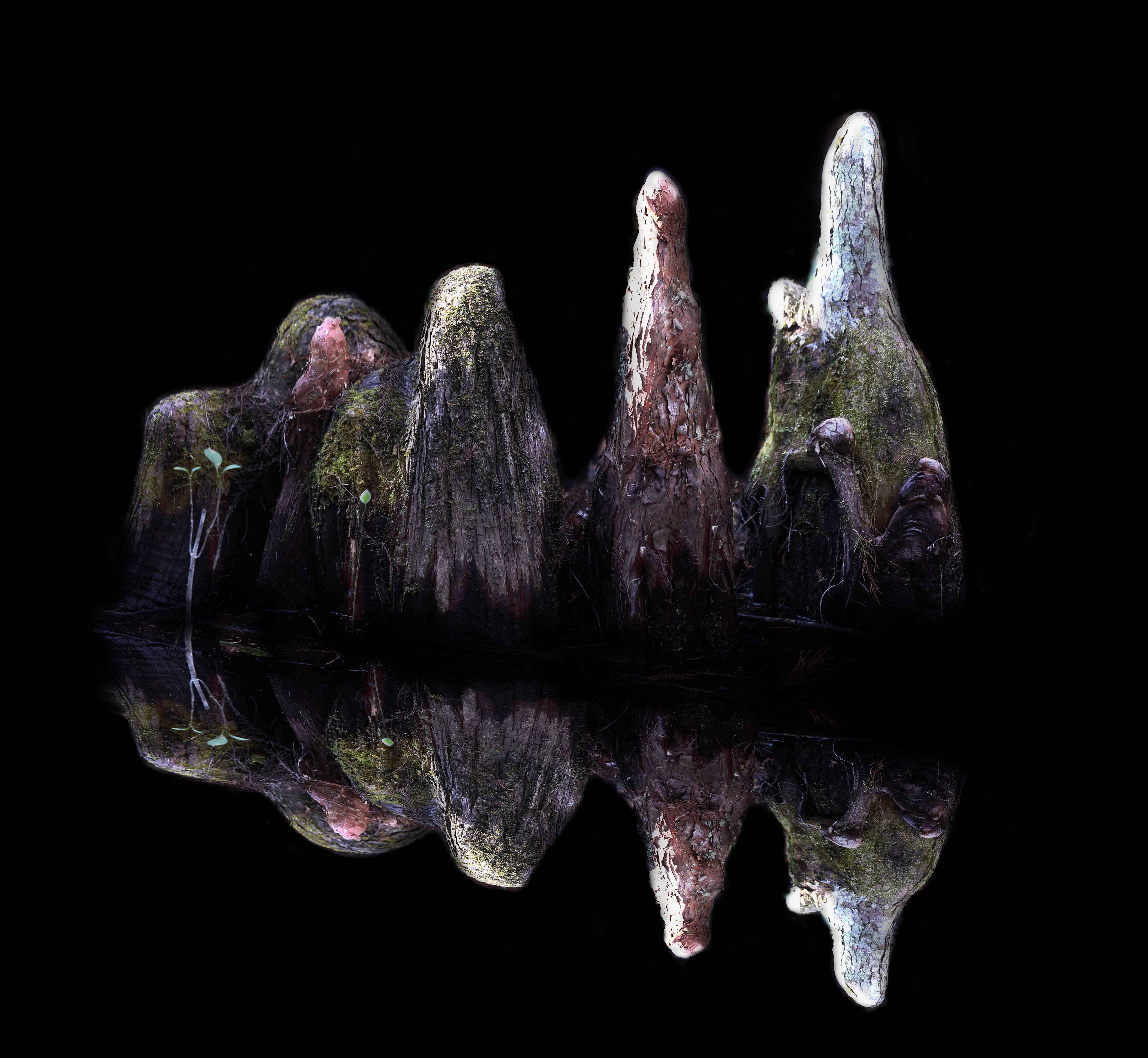
Everglades Cypress Knees
Cypress trees are well adapted to the water-logged soils of the Everglades. The roots produce “knees” that protrude above the soil, ranging from a few inches to 6 feet (several centimeters to 1.8 meters) tall
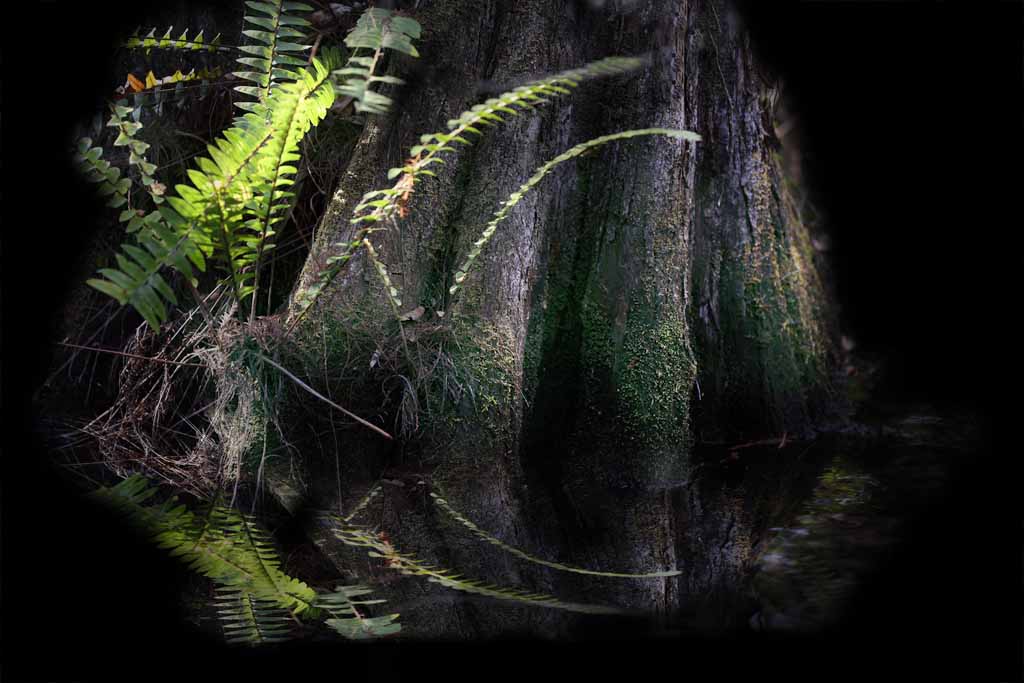
Everglades Cypress Tree
Pond cypress and bald cypress are the two species of cypress trees found in the Everglades.

Everglades Cypress Knees
A cypress knee is a distinctive structure forming above the roots of a cypress tree of any of various species of the subfamily Taxodioideae. Their function is unknown, but they are generally seen on trees growing in swamps.
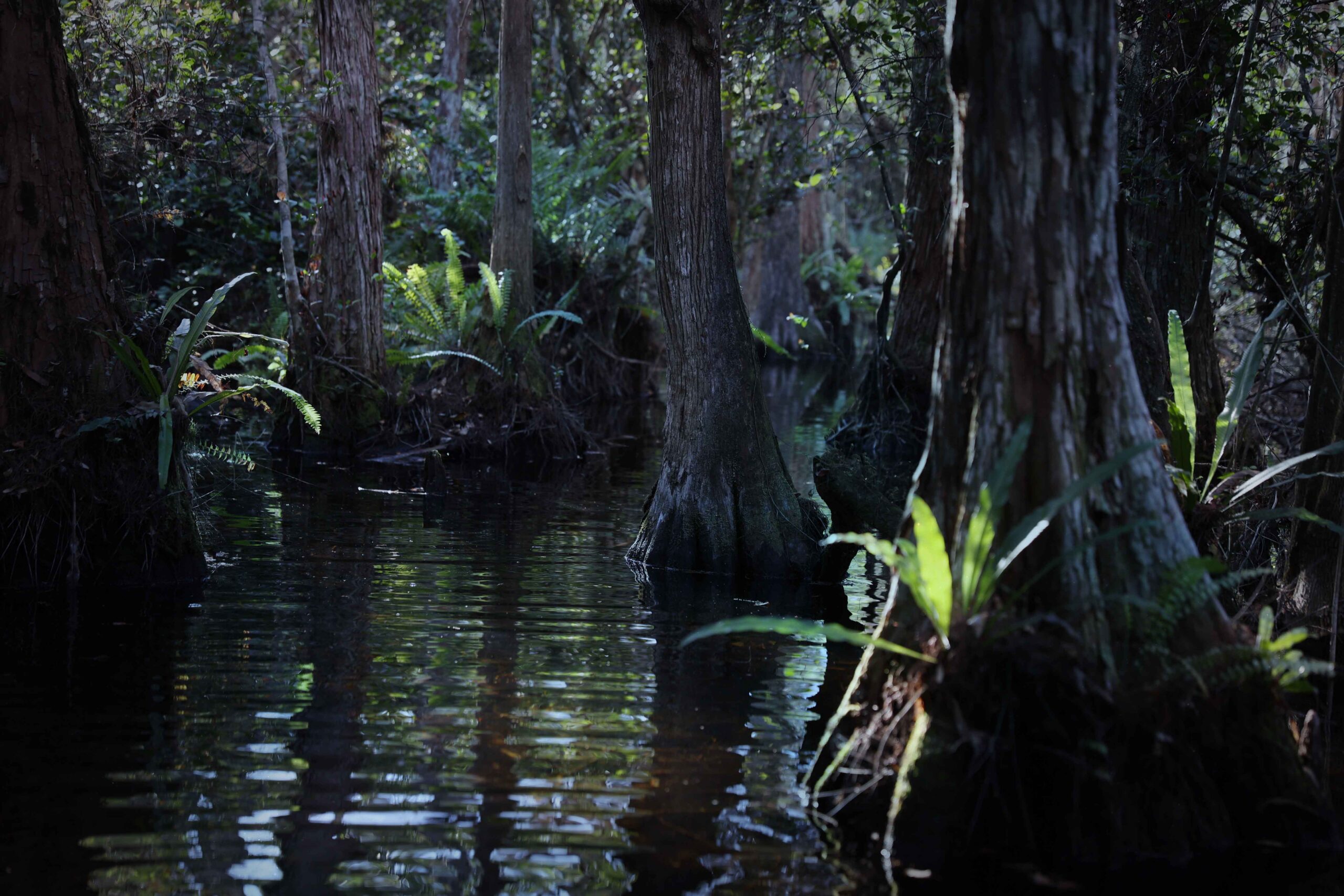
Everglades home of "Big Mama" alligator
The American alligator ranges throughout the southeastern United States, and alligators within Everglades National Park exist at the southern extreme of their range. Alligators primarily inhabit freshwater swamps and marshes and can also be found in rivers, lakes, and smaller bodies of water. They can tolerate a reasonable degree of salinity for short periods of time and are occasionally found in brackish water around mangrove swamps even though they lack the salt-secreting glands present in crocodiles. Dens are burrowed out and used for shelter and aestivation when winter temperatures fall or more commonly in the Everglades, when conditions are very dry. Even outside their dens they can tolerate limited periods of freezing conditions. During the winter dry season they modify their habitat by excavating “alligator holes,” which also provide a refuge for other animals during dry periods